Step one: Obtain stock. This blueberry comes from a nearby Home Depot garden center. I’ve written about tree hunting at garden centers before, and how it’s the least expensive way to begin a bonsai project. I paid less than $20 for this tree. It’s not very thick but there’s nice movement at the base.
Blueberry is an uncommon choice for bonsai, and according to my research, it has some growth-habit disadvantages for bonsai cultivation. But they’re native and attractive to pollinators, and their leaves turn a lustrous, wine-dark color in the fall. Their white bell-shaped flowers look similar to lily of the valley. And then you get blueberries—if the birds don’t get them first.
Step two: Inspect the roots. Get the tree out of its pot and evaluate the condition of the roots. This one shows a good mesh of fine feeder roots, but as I dig inside the rootball, I discover that most of the interior is plain soil. Not as huge a root ball as I’d like for severe cutbacks, and apparently blueberries don’t tolerate heavy root pruning. I take this as caution to leave most of the roots alone.
Step three: Find the nebari. In bonsai lingo, the nebari is the flare at the base of the tree where stem tissue transitions to roots. A wide, tapered nebari brings gravity and character to a bonsai. For many styles, a good nebari is a necessary foundation; without it, the illusion of the miniature tree doesn’t work. The nebari on most nursery stock is usually buried a couple inches. You may need to rip out soil and roots to find it. There are tools for this; I use my fingers.
Step four: Find the front. Exposing the nebari will help you find the tree’s “front,” the angle intended for viewing a composed bonsai. The front may change several times in the life of a bonsai, and at this stage isn’t the most critical to decide, but it’s a good place to start thinking about the tree in front of you.
This step involves spinning the tree around and considering it from different angles. You can spend days deciding. A lifetime. Keep a spray bottle handy to moisten the roots now and then; you don’t want them to dry out.
I don’t want a “mother-daughter” style two-trunk tree, so I remove the smaller trunk at the base. Without it, I get a better sense of the main trunk’s movement and its best angles.
Step five: Consider a style. There are many recognized styles of bonsai composition: informal upright, broom, cascade. You don’t have to follow any of them, but they’re famous for a reason, and they offer conceptual frameworks and even methodical ratios for working with a given tree. Like its front, a bonsai’s style and planting angle may change several times. You’re not getting a mortgage.
I’m still stumped on a front for this blueberry, but I decide that its sinuous trunk is well suited to an informal upright design. That’s the winding trunk style most people think of when they think of bonsai.
Step six: Start reducing. Bonsai is a process of reduction, like finding the sculpture inside the block of marble. Dramatic chops add movement and taper to the tree’s trunk, which is all that we care about now. Branches will come later. I like little trees, and this blueberry’s trunk loses the plot above where I cut. But I’m worried I’m getting ahead of myself—
Step zero: Learn all about your tree before you do anything. What you should really do when you bring your nursery stock home is absolutely nothing. Keep it alive and watch it grow for a while and get to know its habits. Meanwhile, research everything you can about the species. Flowering plants like blueberries—called angiosperms—can usually spring back from dramatic trunk chops if they have sufficient roots, even to a bare stump with no foliage. Conifers like pines and junipers won’t survive that treatment.
From my research I know that blueberries are able to bud back on old wood. Commercial blueberry plants can live for more than 100 years. This is why I’m only focused on the trunk and not the branches. Branches will come later, hopefully in response to this chop.
On a more basic level, it’s important to get the tree to a healthy state before doing any major bonsai work. Bonsai is stressful on a tree and its trainer. If the tree isn’t healthy at the start, it won’t recover well, and it might exhaust itself to death in the attempt. Take your time observing your tree’s health.
Step seven: Find a basic outline. A tree isn’t designed all at once. When you start with a piece of nursery stock, you’re sketching out a rough plan for the tree’s future. I decide that this is the tree’s front and remove a couple branches that draw the eye away from its flowing trunkline. I leave behind an offshoot as the new trunk leader. Most of that branch will be reduced later, but will give the tree some direction. For now, that’s enough.
Step eight: Return to pot and keep alive. I’ve done my job. The blueberry takes it from here. With only a fraction of foliage, the tree will drink water more slowly than usual, so I’ll keep an eye on soil moisture to mitigate root rot. I’ll introduce fertilizer as new growth emerges.
It’s good to keep a newly styled pre bonsai in some shade to help it recover from the stress of heavy cutbacks. Give it time. The tree is about to upend all its previous growing priorities to adapt to this new situation. A bonsai’s life is periodically stressful. Periods of rest in between give the tree the strength to make the most of it.
Tree reading
The National Cherry Blossom Festival begins today in Washington, DC. Keep an eye on BLOOM WATCH. [National Cherry Blossom Festival]
Someone please buy this acorn themed Hungarian pitcher and cup set. [Etsy]

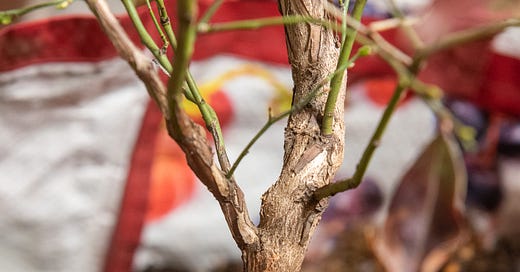

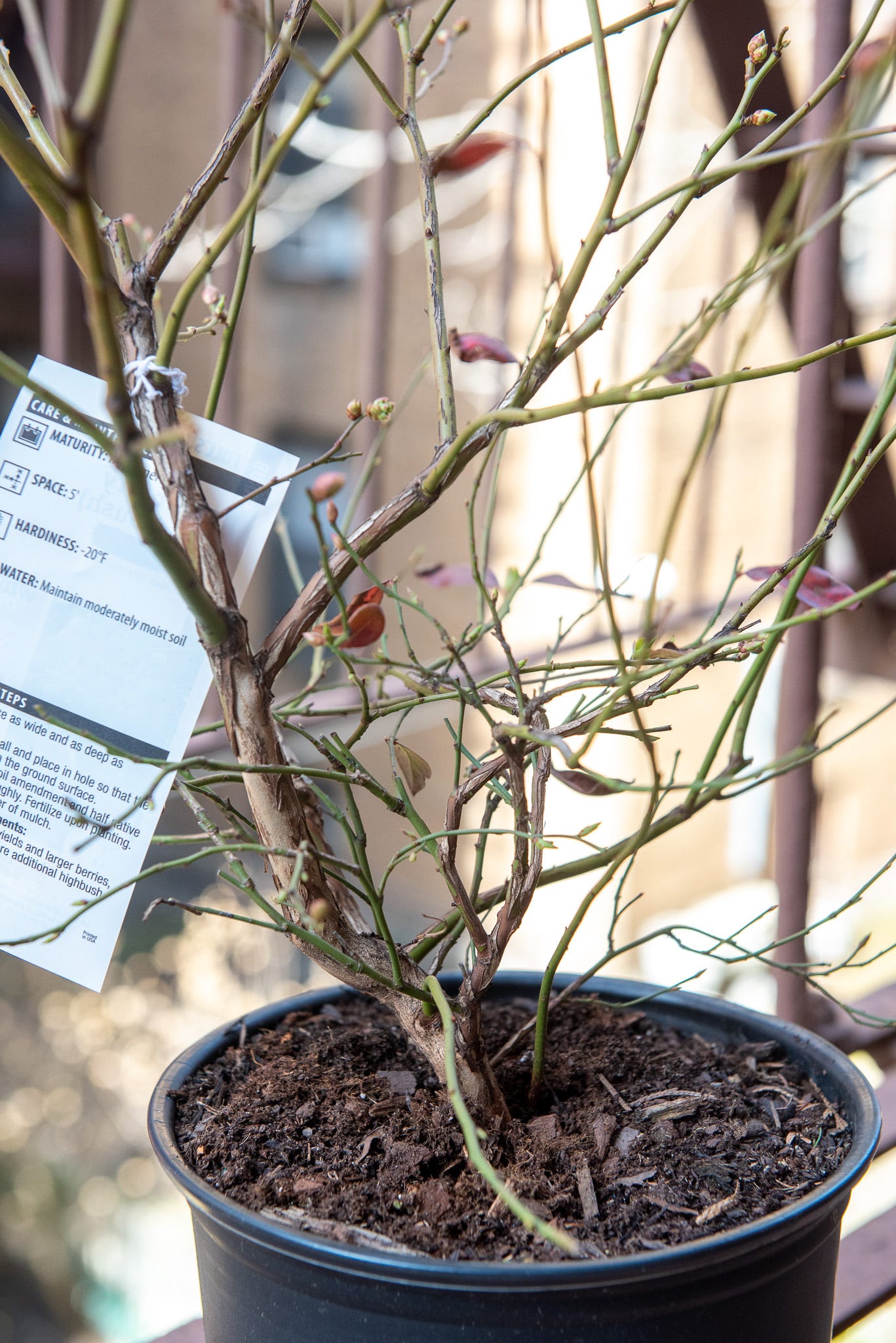
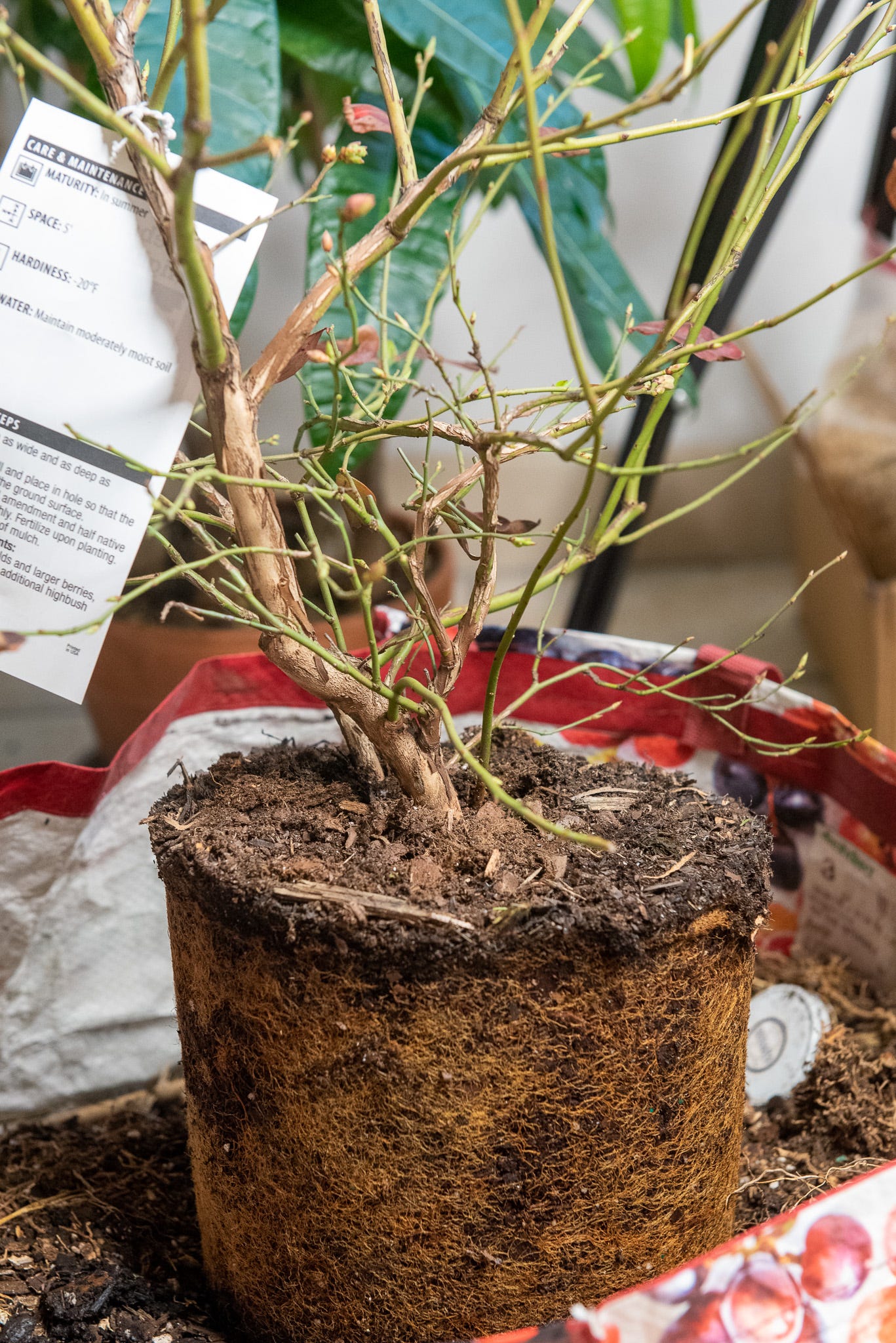
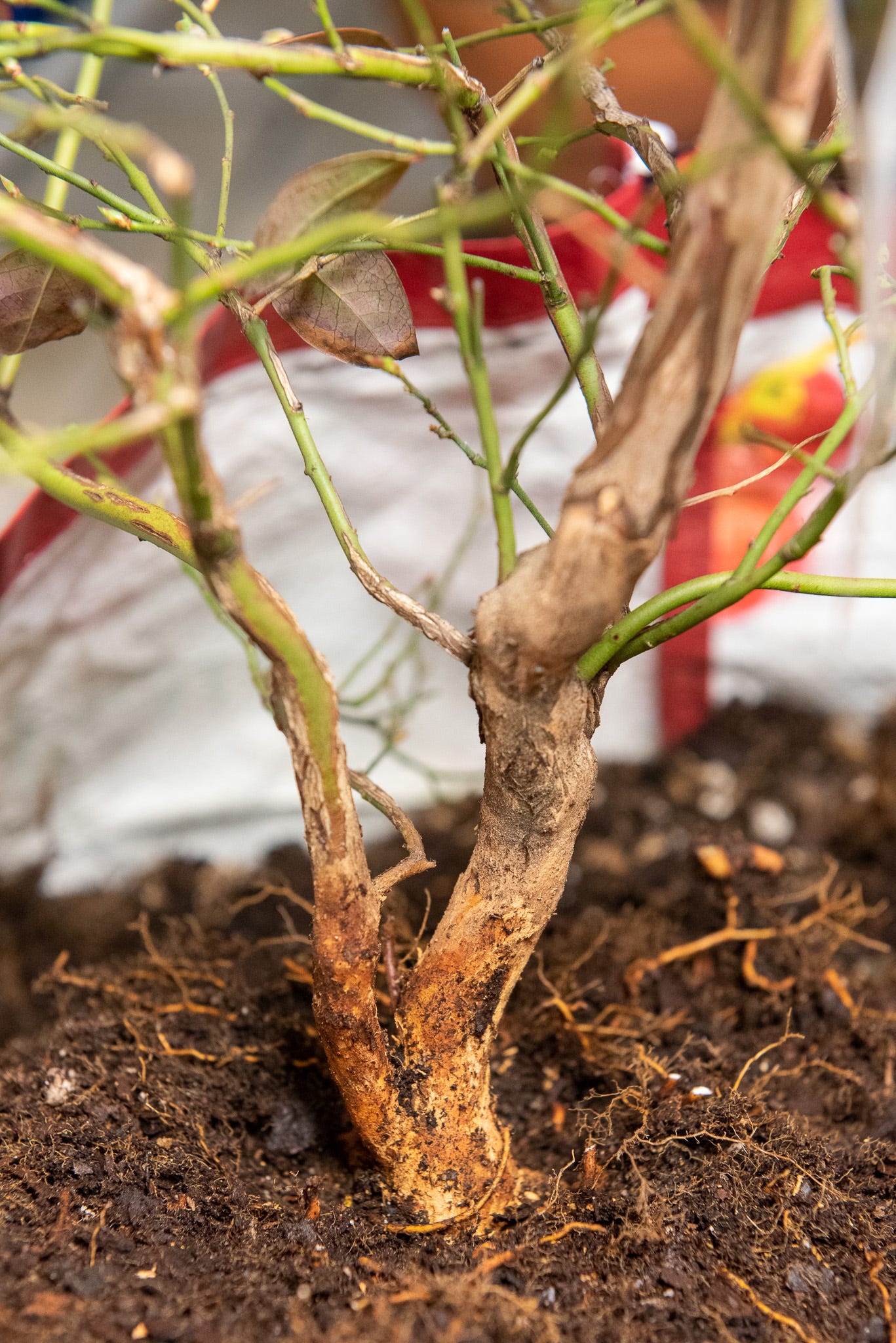
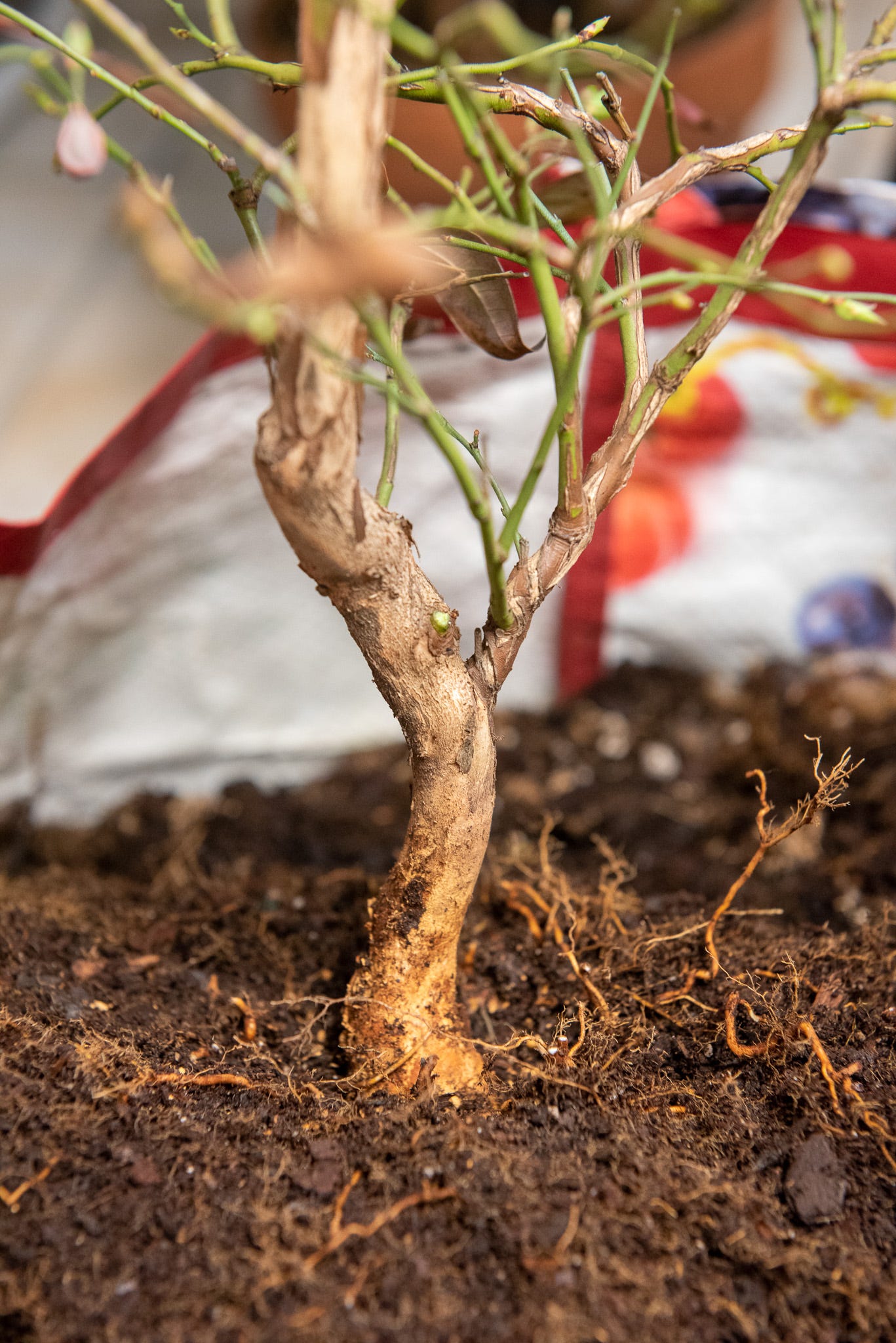
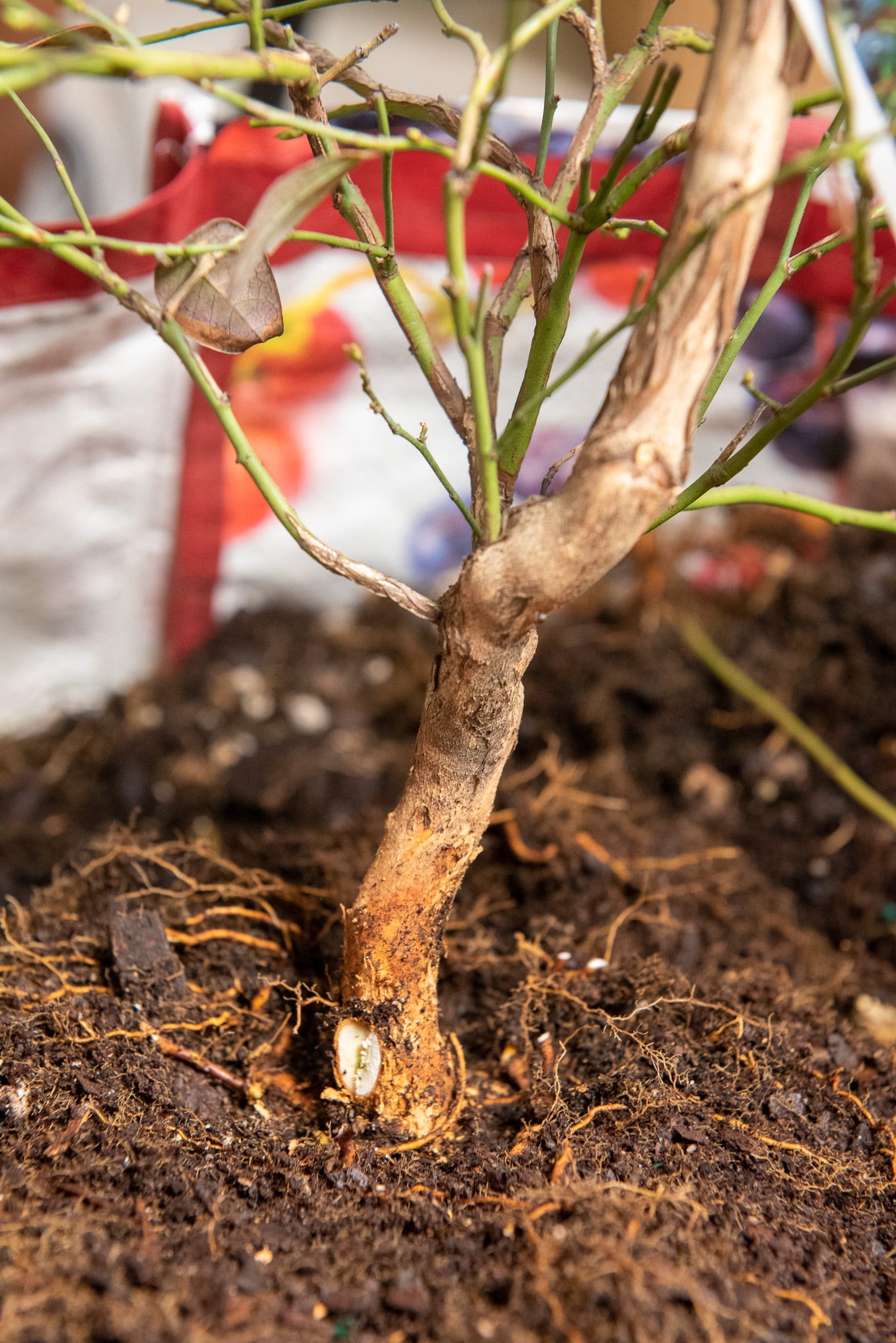

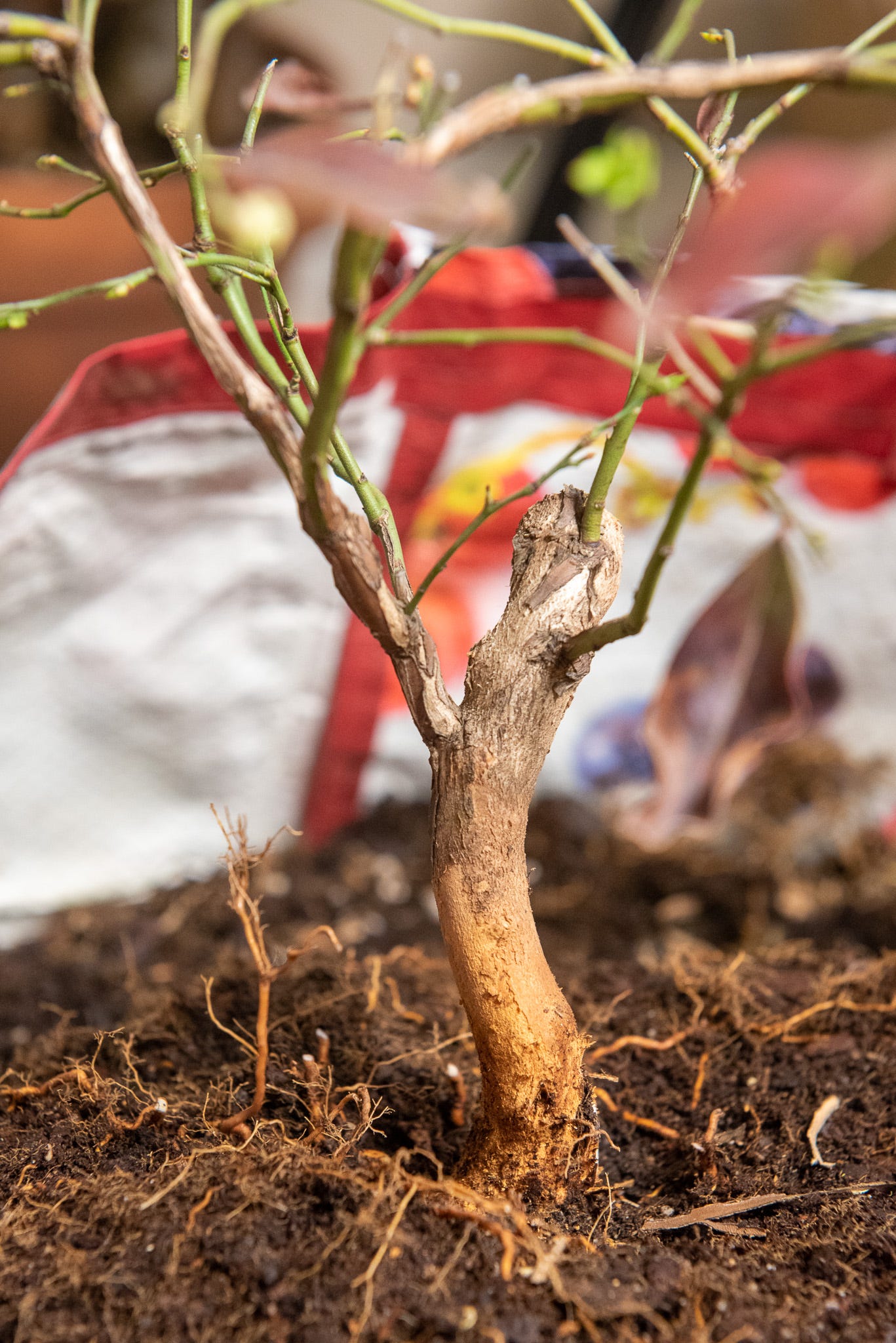
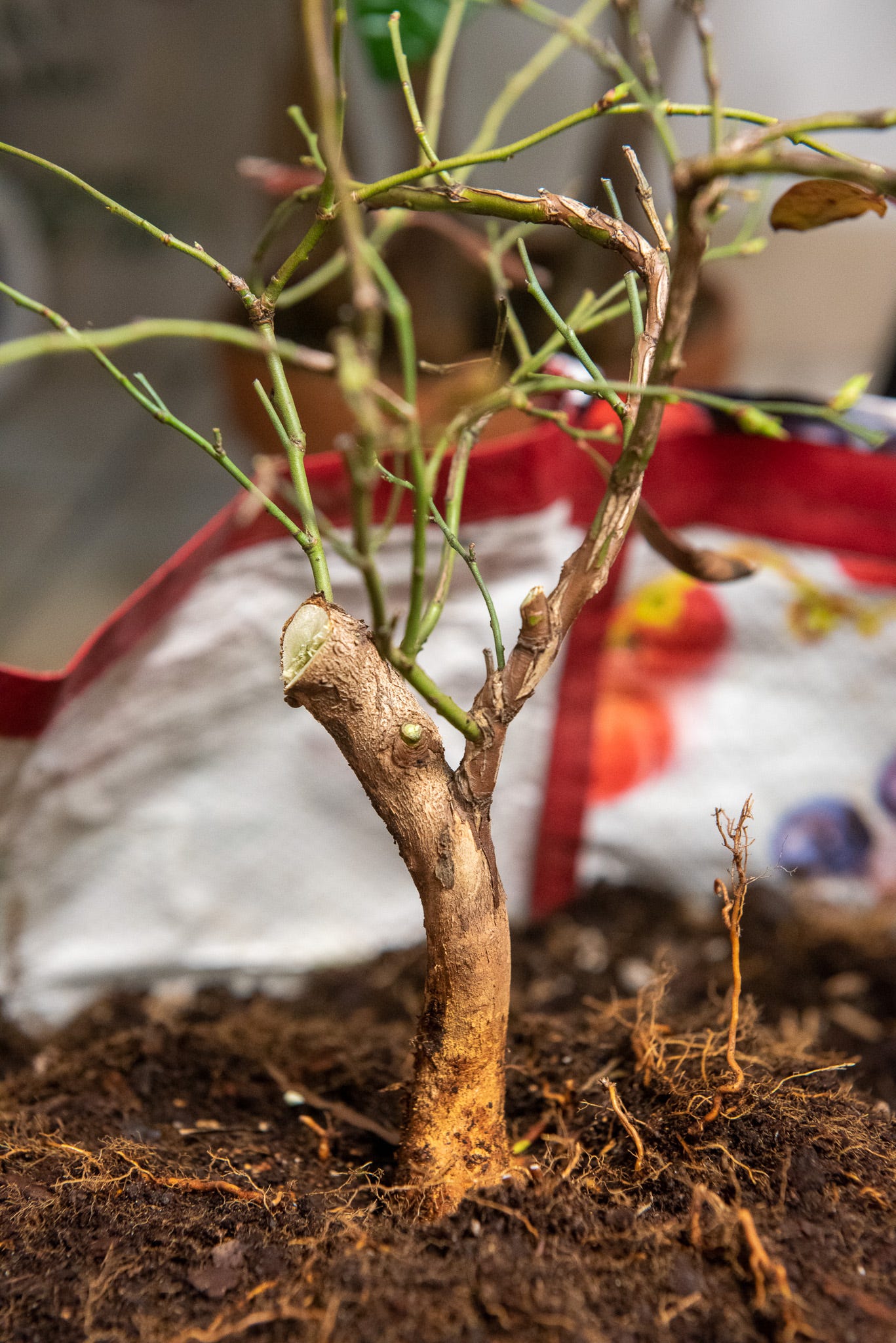
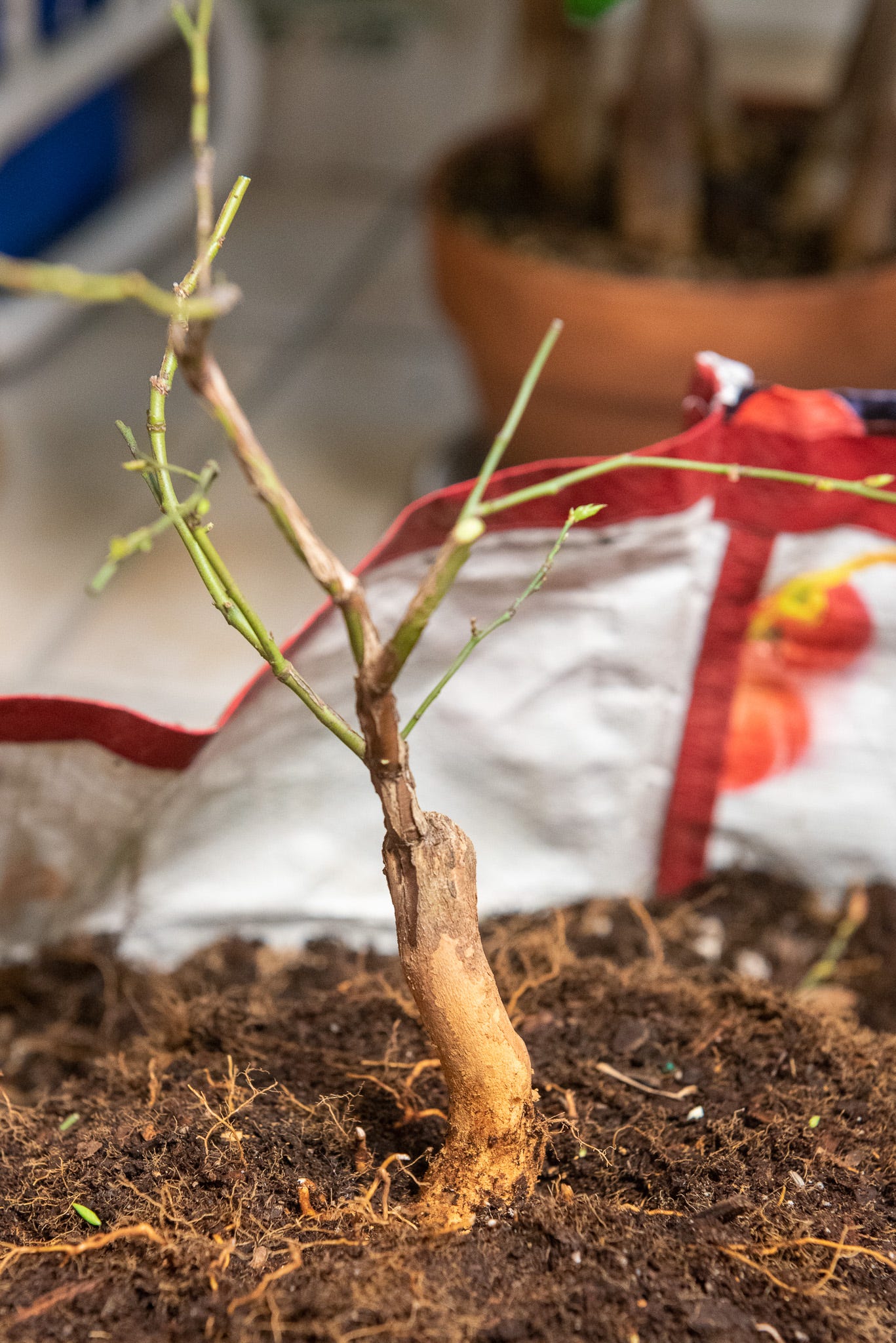
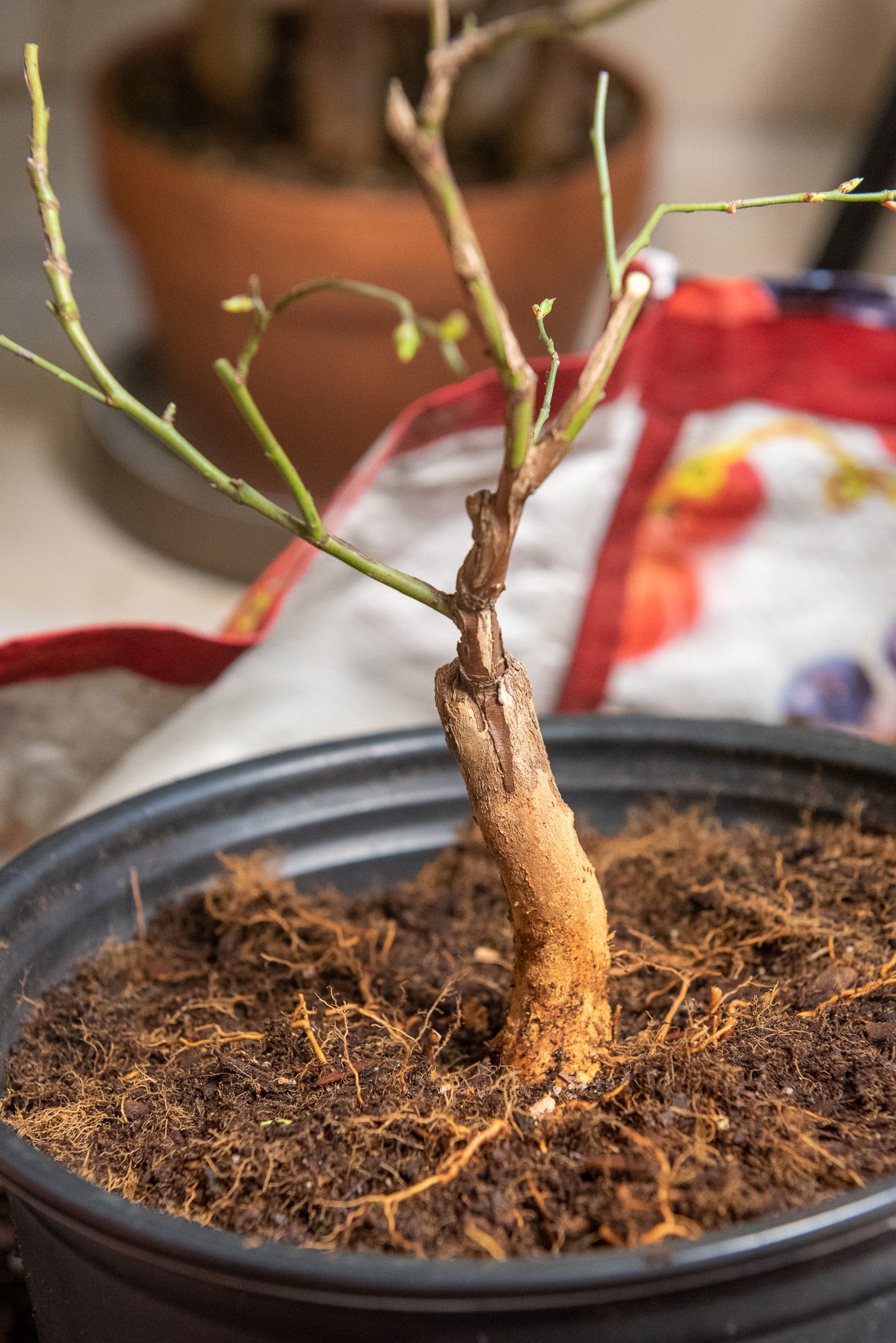
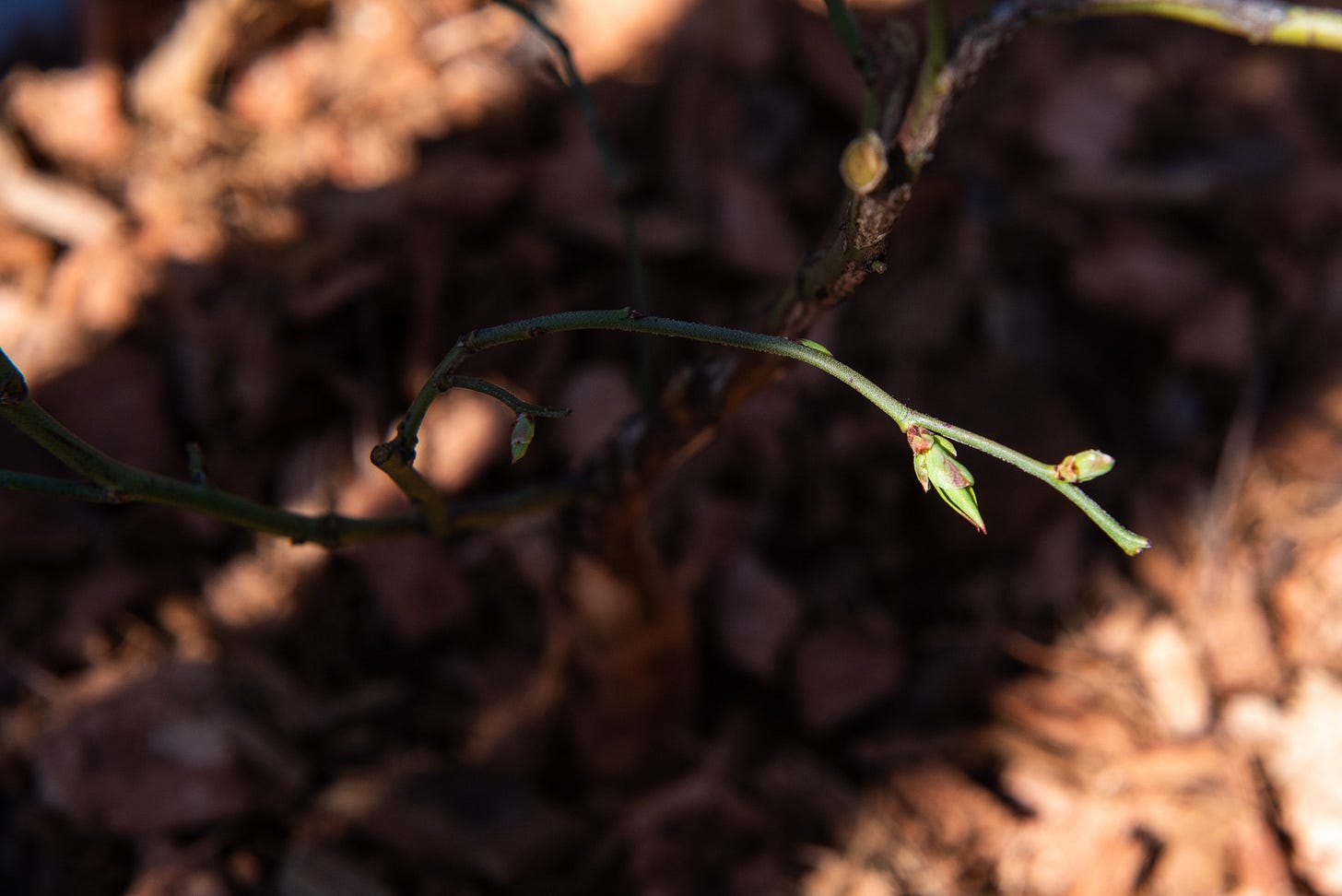
Thank you for this article. Funny enough I am thinking about doing a blueberry bonsai for some days. Seeing that you have tackled the project motivates me to try it myself. 🙂👍🏼
At this early stage, did you cut back the roots at all?